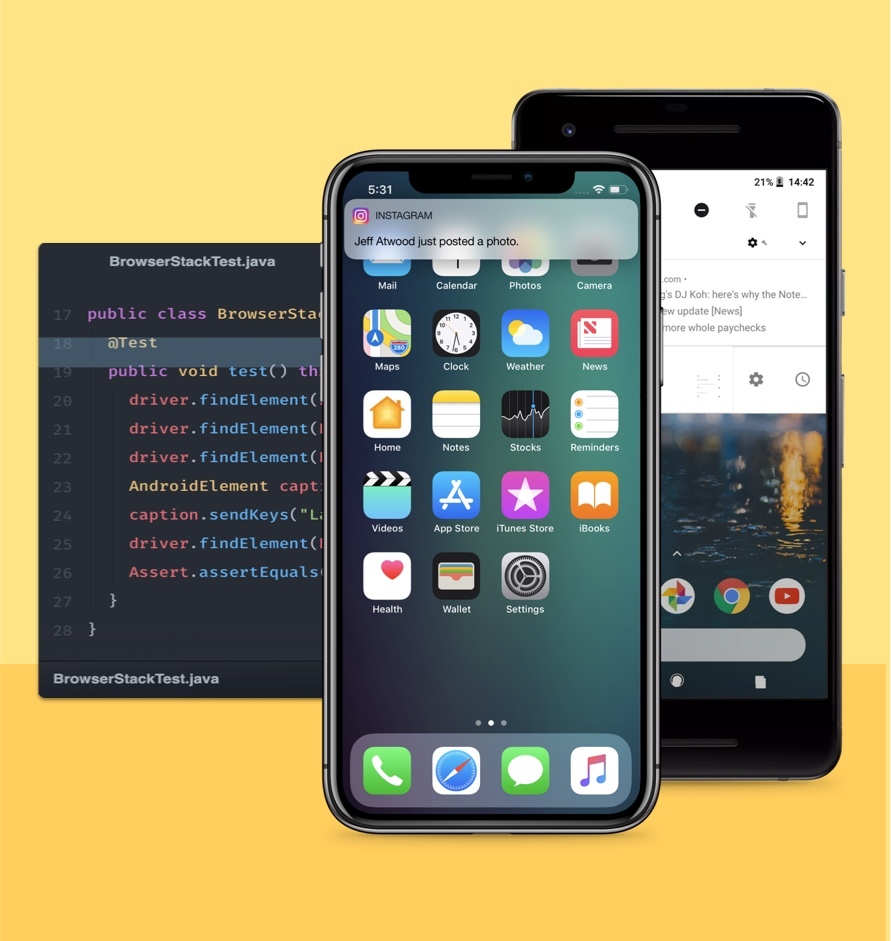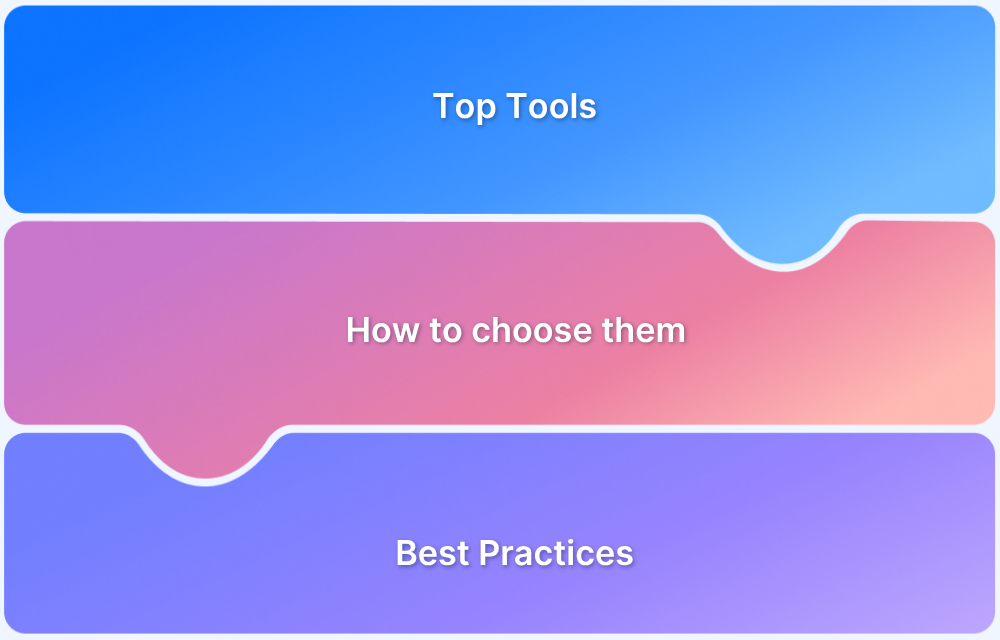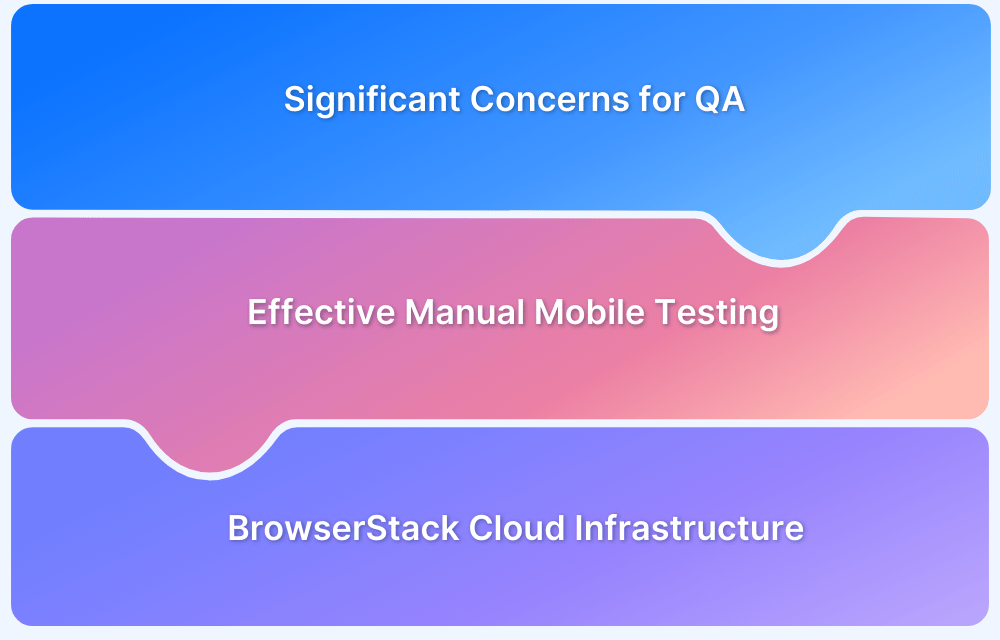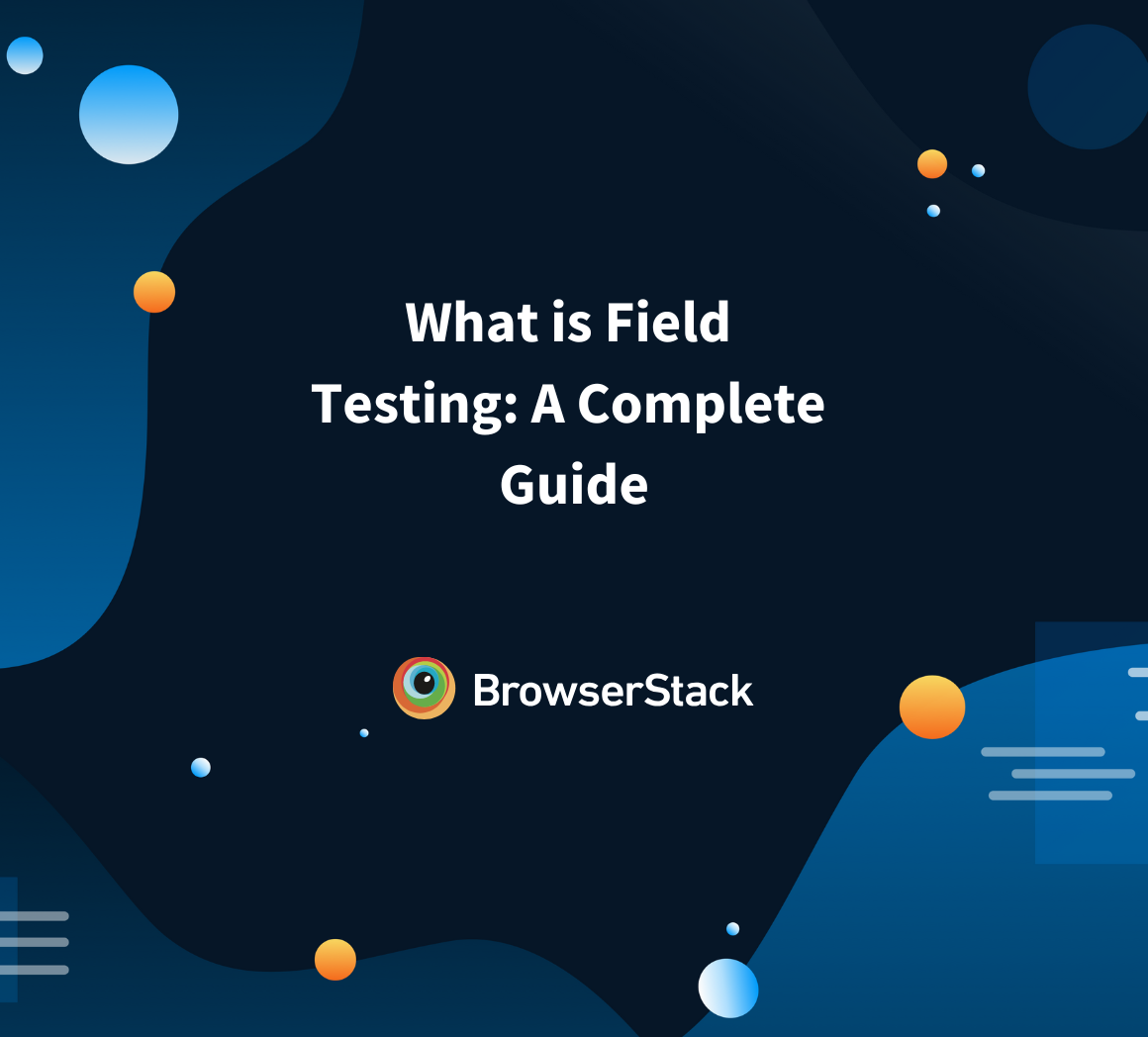Choosing the right mobile test automation framework is critical for delivering reliable apps quickly. Espresso vs Appium is one of the most common comparisons for QA teams, as both frameworks are widely used for Android testing but differ in scope, setup, and flexibility.
Overview
1. What is Appium and Why Use It?
- Open-source, cross-platform framework supporting Android + iOS + hybrid apps.
- Works on client-server architecture (Node.js server).
- Supports multiple languages: Java, Python, Ruby, C#, PHP, etc.
- Key strengths: cross-platform testing, code reusability, wide language support.
- Limitations: slower execution, complex setup, manual element identification.
2. What is Espresso and Why Use It?
- Native Android UI testing framework from Google, part of Android SDK.
- Uses Java/Kotlin, tightly integrated with Android Studio.
- Key strengths: faster execution, auto synchronization, lightweight API, test recorder for no-code test creation.
- Limitations: Android-only, restricted to Java/Kotlin, no cross-platform support.
3. Key Differences Between Espresso and Appium
- Platform support: Appium → Android + iOS; Espresso → Android only.
- Setup: Appium requires server configuration; Espresso integrates easily with Android Studio.
- Speed: Espresso is faster (no server layer); Appium slower (client-server overhead).
- Language support: Appium offers multiple; Espresso limited to Java/Kotlin.
- Use case: Appium for cross-platform apps; Espresso for Android-native UI validation.
4. How to Decide Between Espresso and Appium
- Use Appium if you need: cross-platform coverage, hybrid app testing, or flexibility with programming languages.
- Use Espresso if you need: fast, stable Android-only UI tests tightly integrated with dev workflows.
- Many teams combine both depending on project needs and test coverage goals.
This article explains Espresso vs Appium, covering their purpose, strengths, limitations, and key differences to help QA teams choose the right framework for mobile app testing.
What is Appium?
Appium is among the most preferred open-source test automation frameworks for native, mobile, web, and hybrid app testing. QAs can automate test scenarios for both Android and iOS platforms. Appium works on the client-server architecture. Its server is written in Node.js, and it is compatible with popular client libraries like Ruby, Java, Python, PHP, and a few others.
Key advantages of Appium
1. Compatibility with multiple languages
Appium uses the mobile JSON wire protocol (an extension of Selenium JSON wire protocol) for client-server communication. This allows developers or QAs to write test scripts in their preferred programming language (Java, Ruby, Python, PHP, etc.)
2. Supports cross-platform testing
The Appium framework provides test coverage for both Android and iOS platforms. Naturally, it is the most convenient option for developers as it lets them reuse and maintain test scripts.
Limitations of Appium
1. Complex setup
As Appium operates on the client-server model, one needs to be highly proficient in programming for configuring the Appium server. The setup is complicated as compared to Espresso.
2. Slow execution speed
Test executions are slow compared to Espresso because it takes some time for the server to start and then execute each command as defined in the test script.
3. Manual efforts in locating web elements
Appium cannot detect web elements automatically. QAs need to manually define the element’s position in the test script.
What is Espresso?
Espresso is a native open-source framework created by Google for automated Android UI testing. It is a part of the Android SDK and is used by developers for native mobile app development. As per Google Android Developer’s site, Espresso provides a set of APIs for developers to write reliable Android UI tests to simulate user interactions with the app.
Key Advantages of Espresso
1. Automatic Synchronisation
Espresso provides automatic synchronization of UI elements and test actions. It automatically detects when the main thread is idle and accordingly runs test commands at the appropriate time. As a result, Espresso is faster and more stable. Unlike Appium, it does not involve any server communication.
2. Intuitive API
Espresso has a very lightweight and compact to use API with only three components:
- viewMatchers
- viewActions
- viewAssertions
These APIs are also easy to maintain and customizable.
3. Minimal integrations with Android Studio
Espresso comes integrated with Android Studio (a native Android development environment). Hence, minimal efforts are required in the setup process as compared to Appium.
4. Ease of Use
For Android developers, Espresso is undoubtedly the preferred choice when it comes to automating UI tests. Google has certainly made an effort to encourage the use of Espresso among developers by introducing Espresso Test Recorder. One can create UI tests for the Android app without advanced programming skills. The developer or QA just needs to record user interactions with the app, and its equivalent code will be automatically generated.
Limitations of Espresso
1. Restricted support to programming language
Espresso only supports Java and Kotlin, which makes it a preferred tool for native android app developers. However, it is a limitation at the same time as the language stack is restricted.
2. Only compatible with Android UI testing
As organizations tend to have their mobile presence on both Android and iOS devices, mobile teams need to develop and test their apps for both platforms. Choosing Espresso will restrict teams by allowing tests only on Android. Naturally, teams will need to find a similar framework for UI testing on iOS. This approach will double the work as teams will then need to maintain different test scripts for both platforms.
Appium vs Espresso: Key Differences
| Appium | Espresso | |
| Purpose | Used for automating mobile app tests on Android and iOS. | Used for automating UI tests on Android only. |
| Coverage | Supports automated testing of both mobile and desktop applications | Supports testing of mobile applications on Android |
| Setup | Complicated as it involves server configurations. | No complex configurations involved. |
| Language Supported | Supports multiple languages like Java, Python, Ruby, PHP, C#, and a few others. | Supports only Java and Kotin |
The best way to decide between the two frameworks is to try running tests using both. This can be done easily on BrowserStack as it provides integrations with popular mobile application testing frameworks like Appium, Espresso, XCUI, EarlGrey for automated app testing on a real device cloud.
Teams need to have clear goals regarding their test coverage before choosing any one framework. Espresso supports only native Android UI testing, whereas Appium supports cross-platform testing. So, make the choice based on the nature of the app being tested, the target audience in question and release timelines. Both frameworks have their own pros and cons, which teams need to evaluate. This will help QAs to streamline their test cycles accordingly.







